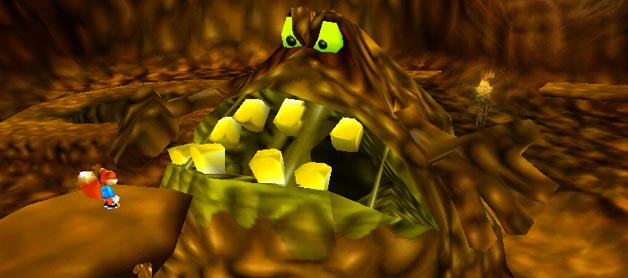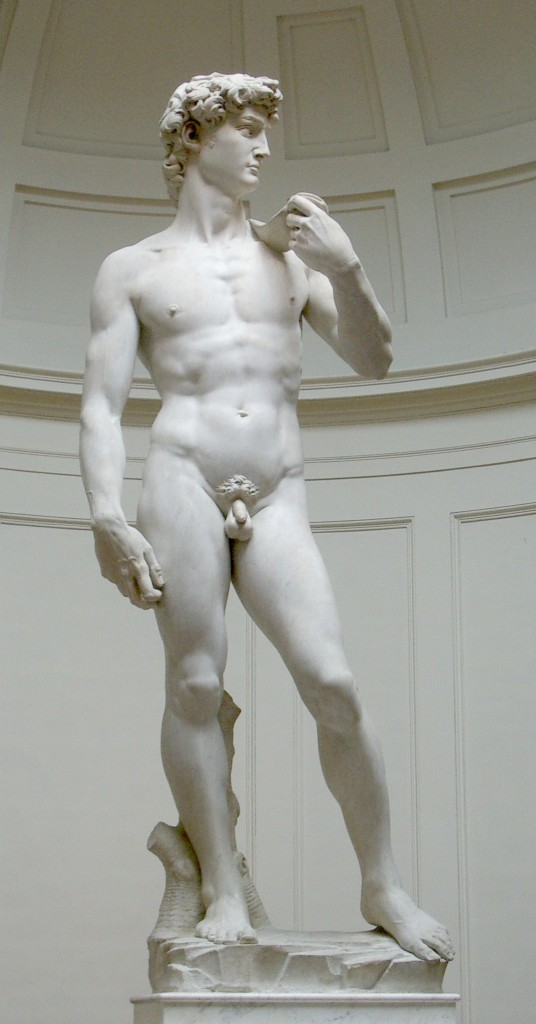Let us gander at the glass half full rather than half empty, shall we?
No one with a cursory knowledge of video games can say otherwise: video game people, indeed, look beautiful. The whole point is an aesthetically pleasing design, whether we descend into the realms of the uncanny valley or take the animation route.
Seriously, just take a look at the newest Call of Duty; its wonderful combination of motion capture and key frame animation that produces this (and, as far as we know, that’s a realistic render):

We certainly let our heroes get their hands dirty, but we also strive towards a preconceived notion of physical perfection (LOOK AT THE JAWLINE). Even in animated games, two dimensional animation allows us to venture into the imagination of artists to see their ideal for a character’s design. King of Fighters, for example, represents a pinnacle of design which shows personality by both attitude in the sprite’s movements and body type – you don’t even need a story mode to tell you that Terry Bogard is a roughneck brawler, or Iori’s a cruel human being. That synergy between design and game demonstrates itself in a host of unique body types, and I’d be remiss not to link the article that explicates it more.
Video games, then, attempt to represent the human body, symbolically or ontologically, towards some sort of ideal. Either in striking the player’s mind with an instant notion of a developer’s intent or merely to recreate the human body in digital “plastic” form, each artist and company strives to hit that very notion for your enjoyment. Of course, some video games seek to do the very opposite (say, some indie games and the like), but the general trend of games goes for physical ideals, either negatively or positively, that demonstrate particular feelings or ideas.
However, there’s a creeping suspicion that this idealization somehow stripes the humanity out of the process, that gamers in general seek to “escape” from realistic human forms and bodily functions. Rather, video games transform or avoid the “abject” altogether. Supposedly, video games find certain subject matters and representations objectionable in the human experience, and thus remove.
Now, given the entire history of video games, that reductive notion doesn’t make a lick of sense. I could refer to the vast number of pornographic games, both in the West and in Japan, with their vast array of “abject” fetishes for the purpose of sexual excitement. I do not wish to discuss that at length, but plenty of natural bodily functions hold sway, in idealized and grotesque forms. Conker’s Bad Fur Day, one of my favorite games, also falls into this category with singing poop. I mean, how can you not include that? But, I suppose that throwing toilet paper into The Great Mighty Poo’s open maw with the context-sensitive B-button isn’t quite the same experience as wiping and flushing the toilet.

In that sense, though, why would I want that real-life experience in a video game. Pooping is often a satisfying experience as I expel waste from my intestines, sure, but I don’t often think how that would work mechanically in a video game, fun or not-fun.
Much of this depends on your perspective, of course. I prefer to think of my video games less in the sense of “direct representation of a slice of human experience” in the vein of the “realness” that’s all the rage nowadays. Rather, I see video games as aspirational products designed to appeal to your love of adventure, your competitive spirit, or simply the natural inclination of all human beings to explore and to learn (before society crushes that spirit, but that’s a different article).
Marketers know this tool well. Examine this particular advertisement for Guinness Beer:
What, exactly, is Guinness trying to sell you here? No, they are not trying to sell you a product. After all, Guinness is merely Irish beer, beer that I do not particularly like lukewarm or cold. No, Guinness advertisements, like all effective ventures, sells you an idea. Or, as The Last Psychiatrist says better than I:
Now ads target a specific demographic, and tailor an aspirational message/image for that demo on which is piggybacked whatever product paid for the take out. THE PRODUCT IS IRRELEVANT. Write it down on a sticky note next to A-B-C, it will help.
If the ad works you will consequently want the product no matter what it is, baaaaa, this is what I mean when I say ads teach you not what to want but how to want.
If advertisements work on an aspirational level (in the case of marketing, a negative sense), then where did we find this particularly effective method? Why, through our artistic works and our stories, of course!
From the poets of Greece and Rome to the artists of the Renaissance, the entirety of surviving human works in both written, musical, and physical form attempt to convey a message of aspiration. Ovid’s Metamorphoses depicts the trials, struggles, and qualities of ancient mythological figures; it puts the gods below the vicissitudes of human beings, showing us how we can learn from the nasty, and often selfish, behaviors of Rome’s deities.
Arthurian myths demonstrate all the enviable qualities of a hero, appearing as a God-ordained force defending Britain (and, perhaps, elsewhere depending on the source) from enemies both natural and supernatural. Arthur usually demonstrates his flaws, but learns from them and continues onward to defend the realm. Even in most modern incarnations (including that dreadful Clive Owen/Keira Knightley trainwreck, and that rather excellent role-playing strategy game), the basic framework continues to cast Arthur as a warrior of light and justice in a world bent on darkness. We can also add Sir Gawain the Green Knight into the mix, the Christian soldier who goes to slay a dragon (Satan, if you don’t catch such allegories).
Even so, the stories alone don’t demonstrate this. Have you ever seen a Greek sculpture, or a Renaissance sculpture based on the same style? Who hasn’t see Michelangelo’s David? Do we not often think of him when we imagine some model of physical perfection?

We do not often find the grotesque in popular art. It is not due to a deference of the human form; after all, I would consider Francisco Goya’s Black Paintings as a treasure to the human race even with their dark themes. Rather, good popular culture does not delve into the darkness; it seeks the light. The stories that prevail aren’t the tales of woe and death, but the narratives that underlie our aspirations to become better people, regardless of our background or circumstances.
This is why we don’t need to see our protagonists poop on screen, thanks much. Whether or not Arthur had constipation or Greek gods had spastic colons just doesn’t refer to our framework. It is, in a sense, irrelevant. Christian art avoids the profane and desires the sacred, and Dante’s farting devils should tell us all we need to know.
Where did all this Christian art emerge? From the Bible, of course! Christendom for generations used its source material to good effect in both Word and deed. The entirety of the Biblical message, from my view, is aspirational. God uses the weak and the lowly and raises them up to mighty, impossible tasks. Even Jesus, forever our model of Christian perfection, remains both our Friend and our aspirational guide to right living and behavior. It’s not much of a wonder why Christian and non-Christian alike continue to respect and admire Him who saved us. When the Scripture itself tells us that Christ remains our Example, then who are we to argue?
Therefore if there is any encouragement in Christ, if there is any consolation of love, if there is any fellowship of the Spirit, if any affection and compassion, 2 make my joy complete by being of the same mind, maintaining the same love, united in spirit, intent on one purpose. 3 Do nothing from selfishness or empty conceit, but with humility of mind regard one another as more important than yourselves; 4 do not merely look out for your own personal interests, but also for the interests of others. 5 Have this attitude in yourselves which was also in Christ Jesus, 6 who, although He existed in the form of God, did not regard equality with God a thing to be grasped, 7 but emptied Himself, taking the form of a bond-servant, and being made in the likeness of men. 8 Being found in appearance as a man, He humbled Himself by becoming obedient to the point of death, even death on a cross. 9 For this reason also, God highly exalted Him, and bestowed on Him the name which is above every name, 10 so that at the name of Jesus every knee will bow, of those who are in heaven and on earth and under the earth, 11 and that every tongue will confess that Jesus Christ is Lord, to the glory of God the Father.
Paul’s Epistles, such as Phillipians above, constantly call to the Savior in this light. Our aspirations may change in human culture, of course, and this is reflected in video games both by its audience and those who make them. In Christianity, our aspirations continues to direct towards the Christ, whom the Church sees as the model of sinless perfection for us to follow. For centuries, nay, thousands of years people looked to Christ as that model, even though we know ourselves as sinners like Saint Paul. Strange, no? And yet we continue to follow that One in hope, knowing that someday the perfect becomes imperfect.
The world, and our media, show this longing for perfection, directed well and misdirected. But that doesn’t mean we should always look for the bad.
